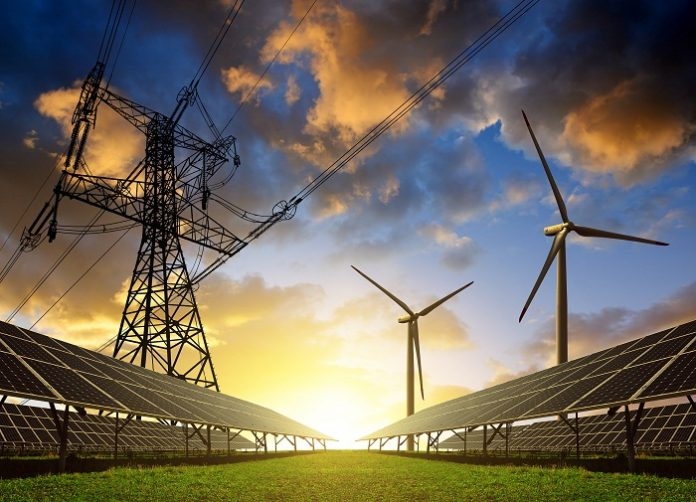

The African Development Bank (AfDB), in a bid to improve renewable energy development, will spend US $12bn in Burkina Faso, Djibouti, Eritrea, Ethiopia, Mali, Mauritania, Niger, Nigeria, Senegal, Sudan and Chad.
The objective is to provide power for household use, small and medium size enterprises, pumping water for livestock farming, irrigation, agricultural production zones and mitigating the effects of climate change by developing solar energy in desert parts of Africa.
Universal access to power demands huge means. As a result AfDB is investing so much effort in the programme. The bank is soliciting the support of other financial institutions to boost financing for the programme.
Dubbed ‘Transform the desert into energy,’ the programme is also financed by the French Development Agency, AFD along the so-called Sahel Green Wall.
According to the Programme Coordinator, Dr Assyonsar Masra Succès, it is part of the New Pact for African Sahel Energy. The Sahel has an estimated population of 400 million people, with 250 million without electricity.
Apart from AfDB, AFD funding ‘Transform the desert into energy,’ other partners are International Renewable Energy Agency, IRENA, Solar Plaza, and private sector and technical concerns.
Meanwhile, the launch of the project will be in Senegal following its experience in solar energy production like the Tobène Power plant with 105MW and those of Bokhol and Malicounda.
AFDB Country Director for Senegal, Laurence Hart expressed joy at the fact that the country plans to achieve 30% solar energy as part of its overall power output by 2019. The challenge, according to her, is developing storage capacity for generated solar energy and linking it to the national grid.
More news
- PART 2: CONCRETE IN THE DESIGN OF A UNIQUE LUXURY HOME IN GEORGE, SOUTH AFRICA
- PART 1: CONCRETE IN THE DESIGN OF A UNIQUE LUXURY HOME IN GEORGE, SOUTH AFRICA
- MVULE GARDENS, AFRICA’S LARGEST 3D-PRINTED AFFORDABLE HOUSING PROJECT
- PART 3: HARNESSING THE POTENTIAL OF HIGH SULPHUR FLY ASH IN CONCRETE PRODUCTION
- PART 2: HARNESSING THE POTENTIAL OF HIGH SULPHUR FLY ASH IN CONCRETE PRODUCTION





